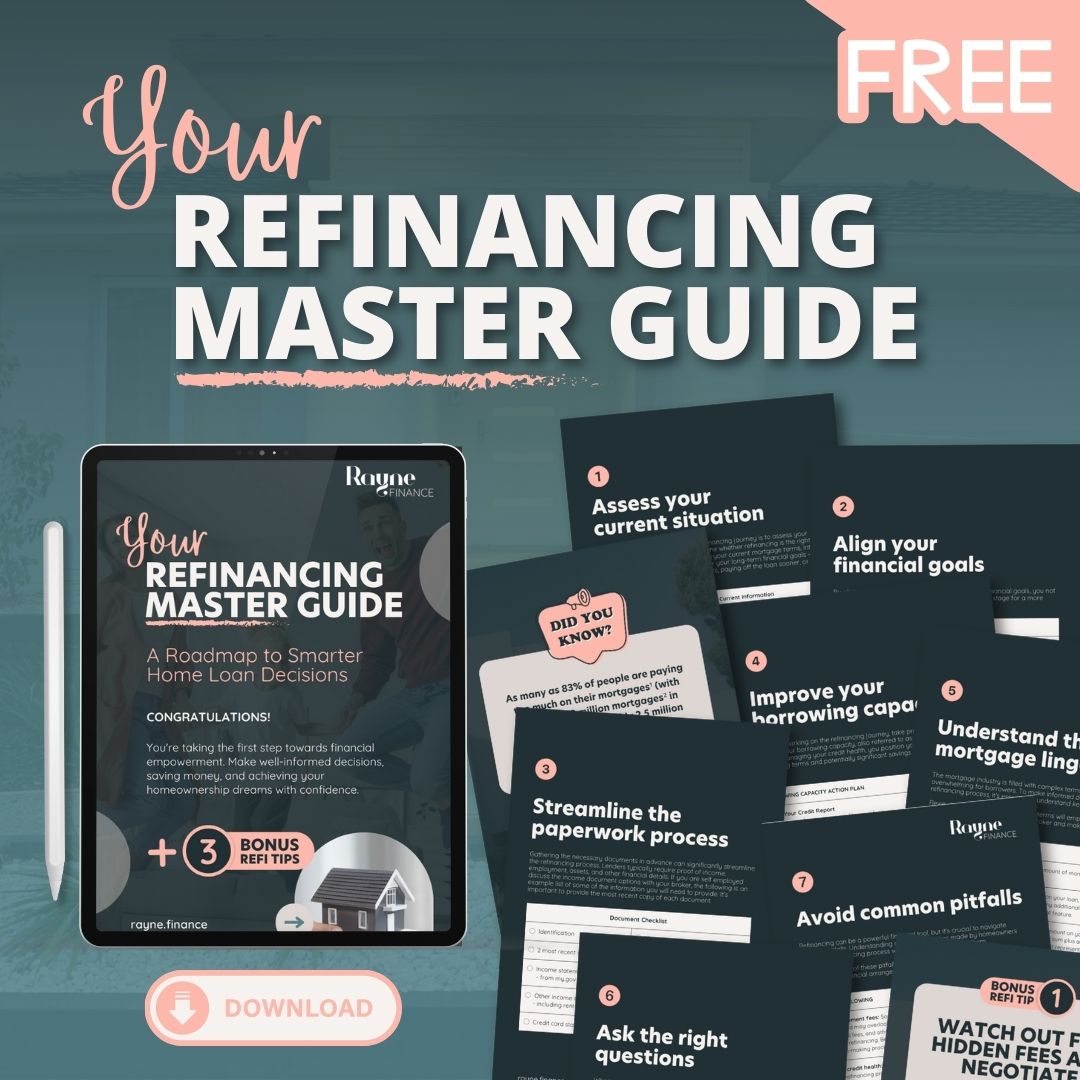If you’re thinking about buying a property in 2025, already have a home loan, or you’re running a business – or all of the above – there are steps you can take to improve your situation.
Purchasing a property
To increase your chances of qualifying for a home loan and to maximise your borrowing capacity, you should aim to make yourself as creditworthy as possible in the eyes of lenders. That can be done by:
• Reducing your expenses. Shop around for better deals on your electricity, internet, phone and insurance plans; cancel subscriptions you barely use; eat in more often; and buy less stuff.
• Increasing your income. Ask for a raise, work more hours, get a second job or sub-lease a spare room in your home.
• Improving your credit score. Begin by ordering a free copy of your credit report, from Equifax or Experian. If you have incorrect negative listings, you can apply to have these removed. If you have a suboptimal score, you can work to increase it by paying off loans, making all your repayments on time, limiting your credit applications and reducing your credit card limit.
Keep a close eye on your mortgage
Do you already have a home loan? In that case, it is a good idea to remain aware of your interest rate and features, and compare that to other loans on the market. This is particularly important when there are cash rate cuts as lenders will likely cut interest rates and you may find some offering more competitive rates for new customers.
Contact me to see if your loan is still suitable and your interest rate is still competitive. I’ll let you know if you could improve your situation by refinancing to a new loan – and, if you decide to proceed, manage the application for you.
If you find yourself with additional debts to manage – such as a maxed-out credit card, a car loan or a personal loan – depending on your scenario, you might be able to reduce your interest bill (and simplify your finances) by consolidating several debts into your home loan. I’ll be happy to crunch the numbers for you, so you know whether debt consolidation would be a good move.
Improve your business in 2025
For business owners, there are two contrasting situations to be aware of. On the one hand, business failures are continuing to rise and are now at their highest rate since October 2020, during the pandemic, according to CreditorWatch. On the other hand, the Reserve Bank of Australia has forecast that economic growth will increase in 2025 (albeit off a low base).
If you’re thinking defensively, we could help you with cash flow finance. If you’re thinking about growth – and potentially taking advantage of the instant asset write-off – we could help you secure a business loan. Either way, get in touch to discuss your scenario, so we can work out a plan to move your business forward.
Licensing statement: Rayne Finance ABN [70 605 100 838] is authorised under LMG Broker Services Pty Ltd Australian Credit Licence 517192. Disclaimer: (1) As with any financial scenario there are risks involved. This information provides an overview or summary only and it should not be considered a comprehensive analysis. You should, before acting in reliance upon this information, seek independent professional lending or taxation advice as appropriate and specific to your objectives, financial circumstances or needs. This publication is provided on the terms and understanding that: (2) LMG Broker Services Pty Ltd, Rayne Finance (Seed Lending Pty Ltd) and the authors, consultants and editors are not responsible for the results of any actions taken on the basis of information in this publication, nor for any error in or omission from this publication. (3) LMG Broker Services Pty Ltd, Rayne Finance (Seed Lending Pty Ltd) and the authors, consultants and editors, expressly disclaim all and any liability and responsibility to the maximum extent permitted by the law to any person, whether a purchaser or reader of this publication or not, in respect of anything, and of the consequences of anything, done or omitted to be done by any such person in reliance, whether wholly or partially, upon the whole or any part of the contents of this publication.
Explore other FAQs and Facts
The pros and cons of rentvesting
With housing prices up 37.8% since 2020, many Australians face tough choices between renting in desirable suburbs or buying further from city centres. Rentvesting offers a middle ground—renting where you want to live while investing in an affordable property. This approach can build wealth but requires careful financial planning.
5 reasons why this might be a great time to buy
With Australia’s property market cooling, some may see now as an opportune time to buy. While timing the market is tricky, reduced competition, rising rental prices, and potential long-term gains could make this a strategic moment for both first-home buyers and investors to consider entering the market.
How to consolidate tax debt
Struggling with ATO tax debt? If you miss payments, the ATO may charge 11.36% interest on unpaid amounts. One option is to consolidate your tax debt into your home loan, potentially saving on interest, though refinancing costs apply. Speak with a mortgage broker to explore this option and avoid further penalties.
How is interest calculated on my home loan?
Mortgage interest is calculated daily based on the remaining principal, but the reduction of the principal isn’t linear. In the early years, a larger portion of each payment goes toward interest. However, by making additional repayments or using an offset account, you can reduce the principal faster and pay less interest over the life of the loan.
How do green home loans work?
As Australians seek to minimise their carbon footprint, green loans are becoming popular. These loans finance energy-efficient homes, renovations, and eco-friendly products like solar panels, EVs, and insulation. With potentially lower rates and flexible terms, green loans also boost property value, as sustainable homes attract more views and sell faster.
Dream Home Dilemma: Should You Build or Buy your home?
Deciding whether to build a new home or buy an established one is a major step in your homeownership journey. Each choice has its own set of pros and cons, from the opportunity to customise your space to the convenience of moving into an existing home. Understanding these differences can help you make the best decision for your future.
9 things to prepare before buying a home
To ensure a smooth property purchase, start by boosting savings and avoiding job changes three months before applying for pre-approval. Check your credit report for errors, consult a mortgage broker, and choose a conveyancer. Research locations, attend open homes, and arrange inspections. Contact me for expert guidance and loan pre-approval.
Your quick guide to guarantor home loans
Saving for a deposit can be challenging, but a guarantor home loan offers a solution. By having a guarantor, typically a parent or relative, cover part or all of the deposit, buyers could enter the property market sooner. With this support, you might qualify for a home loan with just 5% or even 0% savings.
Government opens up more housing assistance places
The federal government has expanded the Home Guarantee Scheme, offering an additional 50,000 places for 2024-2025. This includes 35,000 spots for first home buyers, 10,000 for regional buyers, and 5,000 for single parents. Eligible applicants can secure a home with a low deposit and avoid lender’s mortgage insurance.
Understanding Australia’s Major Banks’ Anti-Scam Platform
Seventeen banks, including the big four, have joined forces to combat scams with the Fraud Reporting Exchange (FRX). This innovative system enables near real-time communication between banks, allowing them to swiftly report and respond to fraudulent payments as they move across institutions, enhancing security for all customers.














